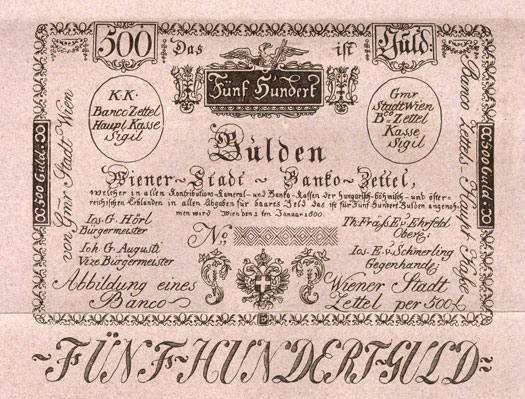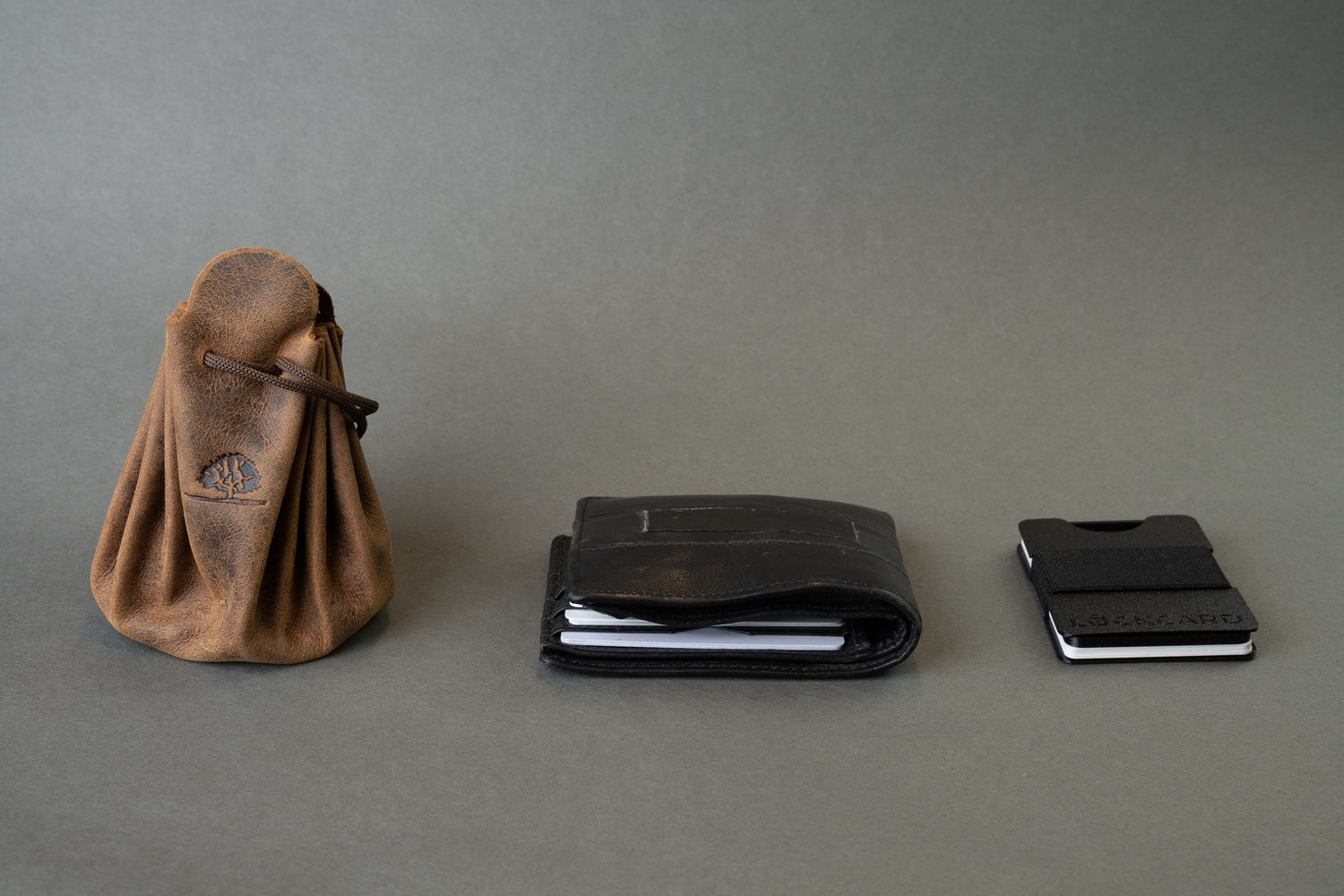You use your wallet every day. Have you ever wondered if it's still the right wallet for you? Does your wallet fit snugly in your pocket and doesn't bother you? Does the wallet fit everything you need, but is it still as small as possible? In short: is your wallet up to date? Here you get the answer.
A brief history of the wallet
Ancient hieroglyphs show that the ancient Egyptians from 2500 to 2200 BC use bag-like pouches tied around the waist. In it they stowed their valuables, especially coins made of copper, gold and silver, with which they traded. Later in the Middle Ages this bag of money was called a money cat. It was a small bag attached to a belt and closed with leather straps.

With the upturn in trade and the increasing value of individual transactions, an increasing number of coins were required, since their value could not be increased at will due to the high risk of counterfeiting. A variety of coins was unwieldy and the need for a more convenient means of payment arose.
In Germany, the first paper money, the so-called "Bancozettel" was introduced in 1705 at the suggestion of Elector Johann Wilhelm II. As early as 1713, the Imperial Chamber Court ruled that this paper money had to be accepted as a means of payment. Trust in the new money was now based on the fact that any owner could exchange banknotes for coins at any time. The necessary stocks of coins were in the treasury of the publisher.

However, as the amount of paper money continued to outstrip the amount of coins, this requirement for coverage was gradually eliminated with the shift from the silver standard to the gold standard. At the same time, with the advent of paper money, the money box was used less and less and at the same time its meaning and use were questioned.
Through the use of different materials and colors, new wallets in all variants and colors have emerged over time. From the 19th century, the following design finally prevailed: The coin compartment, which was the only part of the money trolley at the time, was retained and the purse was expanded to include several compartments for notes.
Since 1991, when Germans were able to pay by card across the board, cash became less and less important. In 2019, only half of all retail sales in Germany were made in cash. With the rise of credit cards came the expansion of wallets with compartments for bank cards.
Is a purse, as it was used in the 19th century, still relevant today?
The change in the means of payment from coin payments to the widespread card payment or even payment using smartphones shows how the design and components of a wallet have continued to change. A large number of coins were replaced by a small number of cards and perhaps one or two emergency tickets for the baker.
But why does the majority of the population in Germany still carry a large and heavy leather purse, as was carried in the 19th century, in order to be able to stow away a large number of coins and bills?
If the focus of a wallet is no longer on the cash but on the cards, the wallet can not only be significantly smaller, but also lighter. This has many advantages: Not only is it easier to take with you in your trouser pocket, you also no longer suffer from baggy trouser pockets. At the same time, seating comfort increases and you no longer feel the need to take your wallet out of your pocket as soon as you want to sit down.
Despite the increasing proportion of card payments, we are convinced that cash cannot yet be completely dispensed with and that one must at least always have an emergency ticket ready for the bakery. Therefore, a complete, practical wallet should always offer the possibility to take change with you, despite the smallest dimensions.
So what should a contemporary, practical and small wallet look like?
So it was clear that the wallet had to be revolutionized with the aim of creating a wallet that was based on the demands of our time and no longer on those of thousands of years ago. Thus the Lockcard Wallet was born. A minimalist wallet with space for up to 20 cards and the ability to customize the space in the wallet to store cash according to your needs. Maximum functionality with minimum size - without having to do without anything.
We offer the Lockcard Wallet with three different cash compartment sizes. Depending on your payment behavior, it makes sense for someone who often pays with cash to use a larger cash compartment and for a card payer who needs an emergency ticket from time to time to choose the smallest of the three cash compartments.
Conclusion
A lot has happened since the ancient Egyptians carried their valuables in pouches around their waists. Coins and the notes that came later have lost their importance in our society. Nevertheless, the majority of the German population uses a wallet that is designed for trading in coins and banknotes.
However, the contemporary alternative is a wallet where the focus is on the cards and no longer on the cash. This purse can be the Lockcard Wallet : A small, adaptable card case with the option of taking small or large amounts of cash with you, which you cannot do without even today.
You agree with us and want to free yourself from a baggy trouser pocket? You will find the Lockcard Wallet and many other product innovations in our shop .
Do you have questions about our product or a topic that is close to your heart? Just send us an email to: info@lockcard.de , we look forward to your message.



1 comment
MacÌle
Und die Scheine in meinem Fall gar zwei Währungen kommen dann wohin?
Leave a comment
This site is protected by hCaptcha and the hCaptcha Privacy Policy and Terms of Service apply.